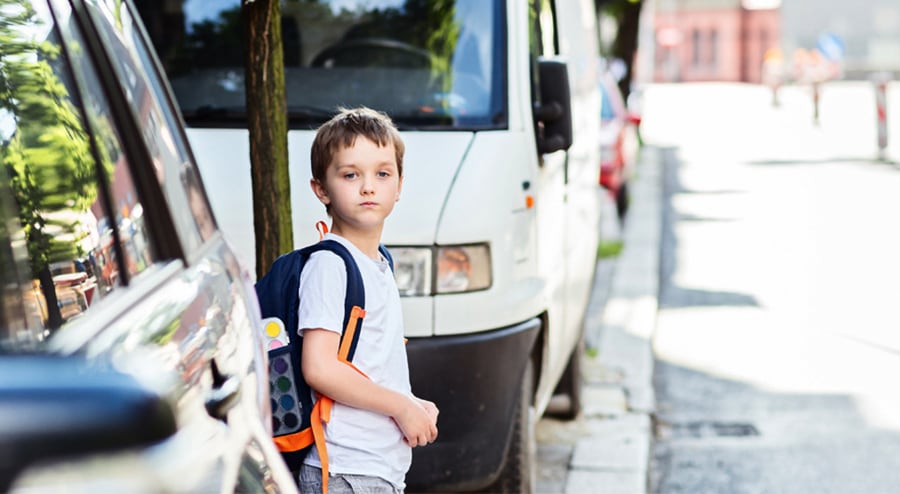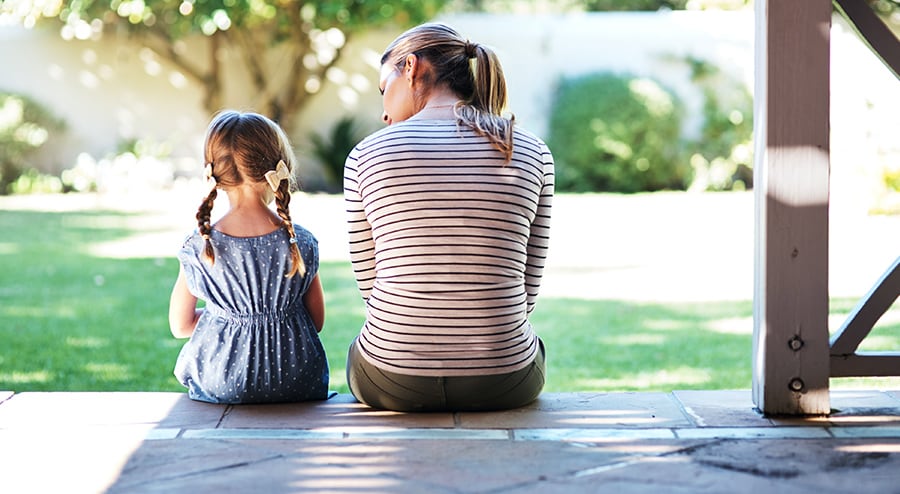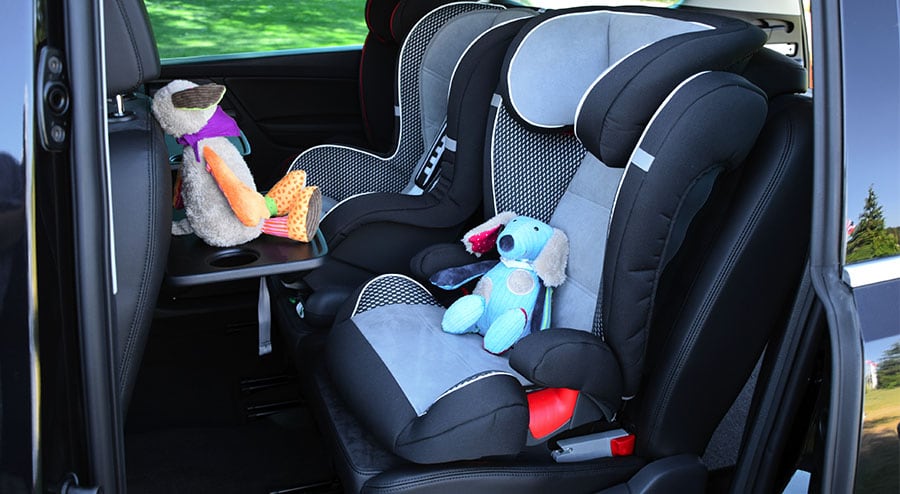As recently as 2008, accidental injuries were still the leading cause of childhood deaths across the United States, says the Centers for Disease Control, with accidents that involved falling, drowning, fire, and automobiles topping the list. If you’re a child’s parent or caretaker, it’s vital to learn how best to keep them safe at home and away. From the best way to browse online to talking to your kids about stranger danger, here’s what you need to know.
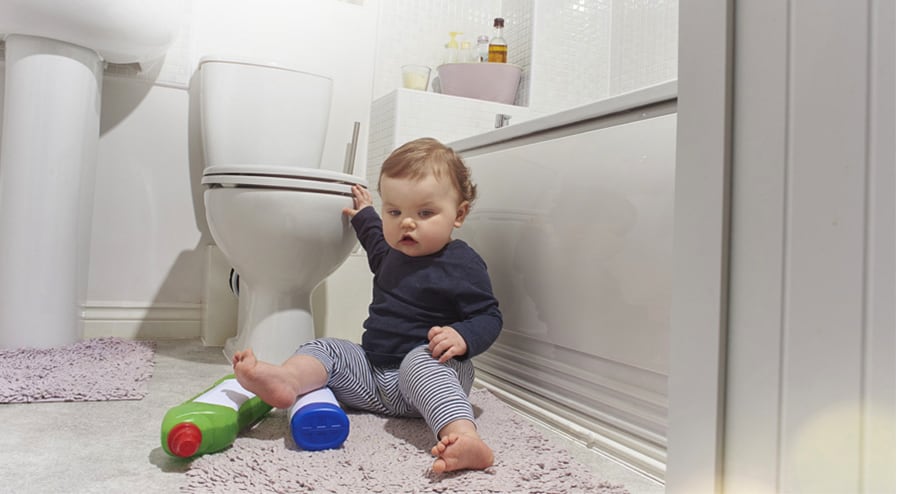
Teach Them Emergency Response
For small children, emergency response preparations typically involve teaching them how to call 911 and what to do when the dispatcher answers. The experts at KidsHealth.org recommend using a question/answer based approach, combined with role play, to teach kids about coping in the midst of an emergency, a practice that can help kids of all ages respond more capably. Asking simple questions like those listed below helps kids visualize the process of calling for help:
- What would you do if Mom or Dad couldn’t wake up?
- What number would you dial?
- What questions do you think the person on the other end might ask you?
- Would it be helpful to be calm or upset?
Once you’ve discussed plenty of scenarios, a young child can benefit from using a play phone to practice dialing 911 and talking to the dispatcher. Let them know it’s okay to be scared or nervous but that it’s important to listen to what the person on the other end says and to follow their instructions completely.
Practice Fire Safety
The United States Fire Administration offers a wealth of resources to help teach kids how to prevent and escape house fires, including a checklist that focuses on fire safety basics that will help your kids prepare for a house fire:
- Know two escape routes from every room.
- Don’t go back inside once you’re out.
- Have an established meeting place.
- Learn Stop, Drop, and Roll.
You can download, print or order multiple resources from the USFA, including posters, door hangers, brochures, games, and activities.
Helping Kids Avoid Household Poisons
As kids get older, fewer and fewer of the child-safety precautions you took when they were toddlers will prevent a determined child from getting into things they shouldn’t. According to the CDC, every day over 300 children in the United States receive emergency treatment—and two children die—as a result of being poisoned.
Be sure to teach kids about the dangers of toxic household chemicals and how to avoid them. Among other things, you should:
- Reinforce your earlier precautions by warning them against opening medicines, household cleaners, and other dangerous items that may not be clearly labeled.
- Lock dangerous chemicals away whenever possible.
- Explain to them how to respond to poisonings: how to get help, and how to call 911.
- Get rid of expired chemicals and medicines as soon as you can.
For your own peace of mind, you may want to post the national Poison Help number—1-800-222-1222—prominently in your home.
Give Kids Tools to Stay Safe Outside the Home
As kids grow older and spend more time alone outside of the house, they also generally become better able to keep themselves safe. Give them the tools they need by discussing, and if possible, practicing safety routines related to:
- Swimming: Make sure they know not to swim unattended, and talk with them about how to respond if they see someone drowning.
- Traffic: Do the kids in your care know how to cross the street safely, how to be safe when playing near a roadway, and how to bike safely on public streets?
- Weather and disaster preparedness: Make sure your kids know how to respond to thunderstorms, and go over what to do if a fire or other disaster forces them out of the house or separates you.
Being responsible for themselves is often one of the first responsibilities a child receives, and many children appreciate and respond positively to the trust implied by being warned about dangers out of the home.
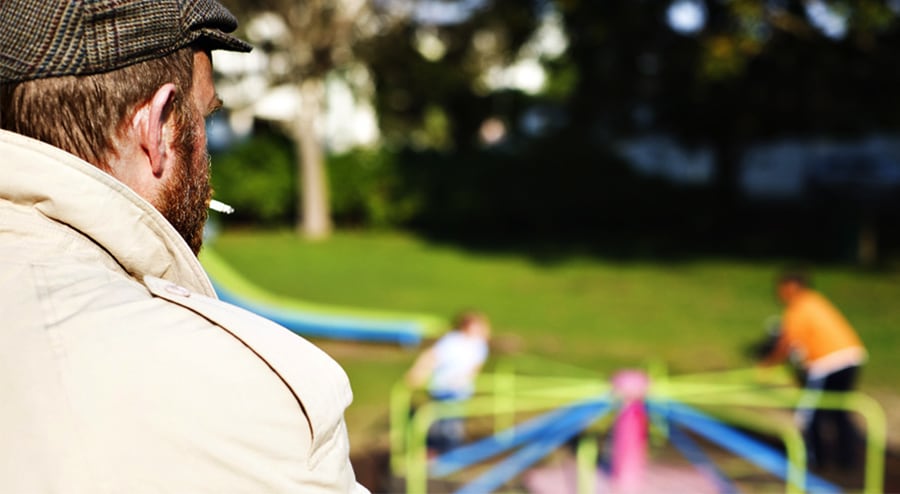
Talk About Strangers
Do your kids understand what constitutes a stranger? What would they do if someone they didn’t know approached them? Sometimes parents avoid having this talk with small children because they don’t want to teach their kids that sometimes bad things can happen to good people. You can, however, strike a balance between teaching kids to be safe and scaring them. The National Crime Prevention Council suggests talking with children about avoiding strangers, and recommends role-playing with them to help them learn what they can do to keep themselves safe. Teach your child that:
- Strangers are people you don’t know.
- Strangers can be ugly, pretty, young, old or in-between.
- There’s no way to tell a harmless stranger from a dangerous one just by looking.
- Some strangers, such as policemen, school teachers, principals, and fire fighters are safe strangers.
Role play with kids when you’re out and about, and point out the safe strangers and the safe places to play. Teach kids to trust their instincts and to be aggressive when frightened.
One final thought: if it’s possible that you’ll have to delegate a child care duty (school pick-up, for example) to someone the child doesn’t know, agree beforehand on a password or phrase. Something humorous, like a tongue twister or a familiar riddle, will avoid scaring your child while also helping prevent abduction.
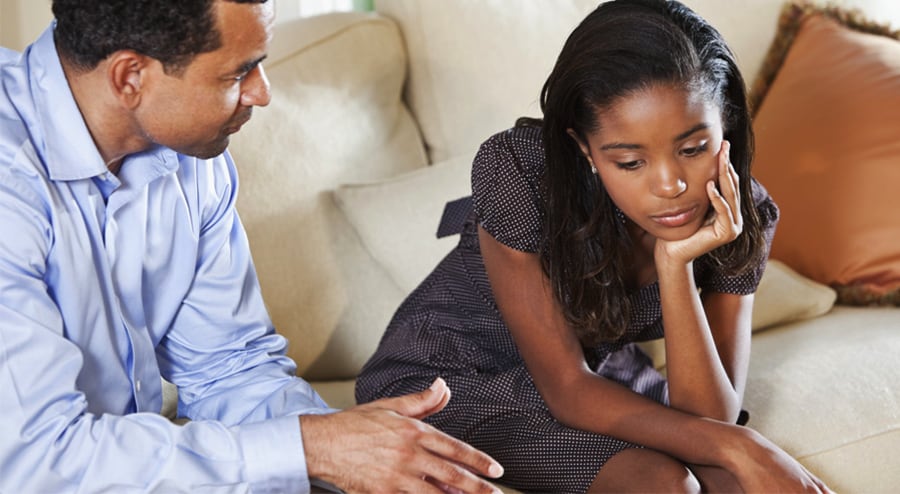
Body Safety
Another potentially scary topic for kids and parents is body safety. As awareness grows about this issue, however, more and more organizations are working to give parents and caregivers the tools they need to keep their children safe. Teach your children the five most commonly recommended rules for children to maintain their bodily safety:
- No one has a right to touch or photograph your body without permission.
- If someone touches your body, and it feels wrong, it’s okay to take back permission and seek safety.
- If a touch makes you feel nervous, or causes your body to act nervous (sweaty palms, upset stomach, etc.), say, “No!” and get out of that situation.
- If you have a problem, keep trying to tell the adults around you until they believe you.
- Abuse is never your fault, and no matter how long it’s been since you were abused, you can still report the abuse.
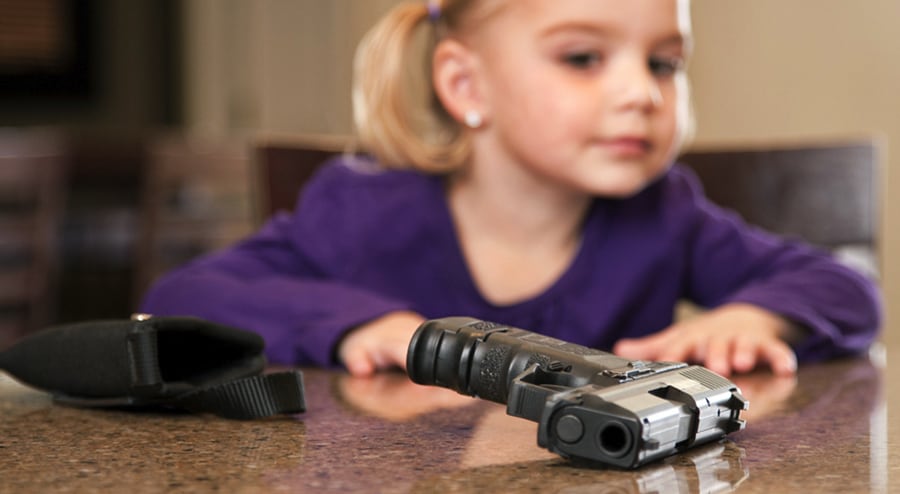
Teach Kids About Guns
Regardless of whether you keep one in the house, children should be taught the importance of never touching a weapon unless a trusted adult is present and gives permission. The National Rifle Association offers a kids’ program titled the Eddie Eagle Gunsafe Program that teaches kids what to do if they ever find a gun. It features an 8-minute video starring an animated Eddie and his friends that targets children ages preschool to fourth grade and offers a plan they can follow if they discover a gun while playing:
- Stop.
- Don’t Touch.
- Run Away.
- Tell a Grown Up.

Keep Kids Safe Online
We live in a digital world, and keeping kids safe online is becoming more and more important as the internet becomes more accessible. Set firm ground rules before your child ever goes online and be quick to enforce infractions. Common Sense Media offers an easy-to-follow plan for keeping your children safe while browsing or gaming online:
- Tell kids to keep passwords private from everyone but you, their parents.
- Forbid them from giving out identifying information such as their last name, address, school name or phone number.
- Make a no-picture rule. Kids should never post or send photos of themselves or their friends.
- Keep your computer in your family room.

Set Firm Rules
It may be difficult for you, as a parent, to set rules with which your kids disagree, but it’s a necessary part of the job. It’s your responsibility to keep kids safe, and part of that involves playing the role of bad guy from time to time. Establishing firm, unbreakable household rules early on will help your kids learn right from wrong. It may also save their lives.
- Make it a rule that you must meet the parents of any child who invites your child to a sleepover.
- Forbid children from using the stove or oven or lighting matches or candles unless an adult is in the room.
- Insist that children stay in designated areas when playing outside.
- Keep firearms under lock and key and forbid children from handling them, ever.
- Make a no-secret rule. Nobody under the age of 10 is allowed to keep secrets from Mom or Dad.
Precautions such as these may seem like too much time or work, but they can help save your child’s life if he or she has been informed of the dangers and instructed of what to do if they ever occur. You should never put off talking to your child about safety because you’re afraid of scaring him. Using age-appropriate language and methods, you can raise kids to be savvy and safe without being scared. It’s all in the way you approach it.


